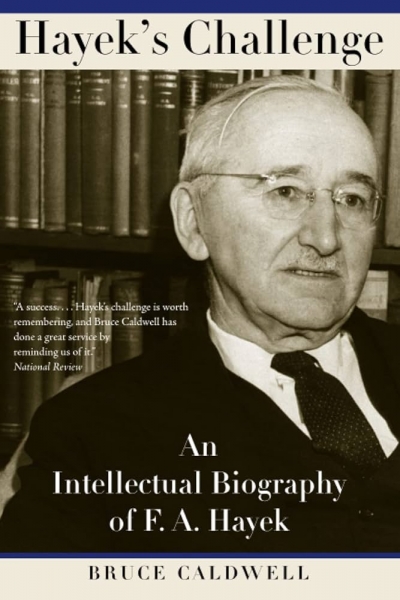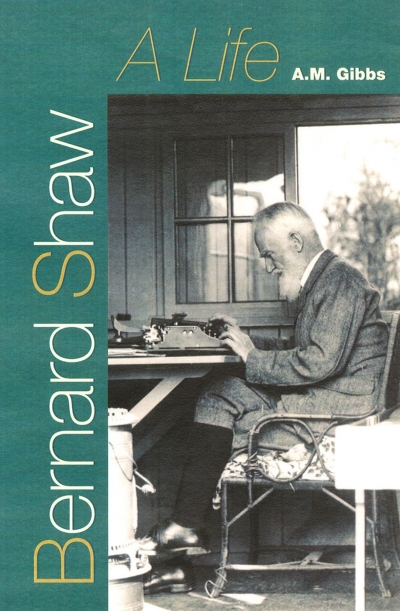Archive
Hayek’s Challenge: An intellectual biography of F.A. Hayek by Bruce Caldwell
by Simon Marginson •
Eddie’s Country: Why did Eddie Murray die? by Simon Luckhurst
by Sonja Kurtzer •
Return to Gallipoli: Walking the battlefields of the great war by Bruce Scates
by Stephen Garton •
This is one way of doing it:
No New Thing
No new thing under the sun:
The virtuous who prefer the dark;
Fools knighted; the brave undone;
... (read more)Fabianism and Culture: A study in British socialism and the arts 1884–1918 by Ian Britain
by Ian Britain •
Diggerspeak: The language of Australians at war by Amanda Laugesen
by Gary Simes •
Medievalism and the Gothic in Australian Culture by Stephanie Trigg
by Gregory Kratzmann •









